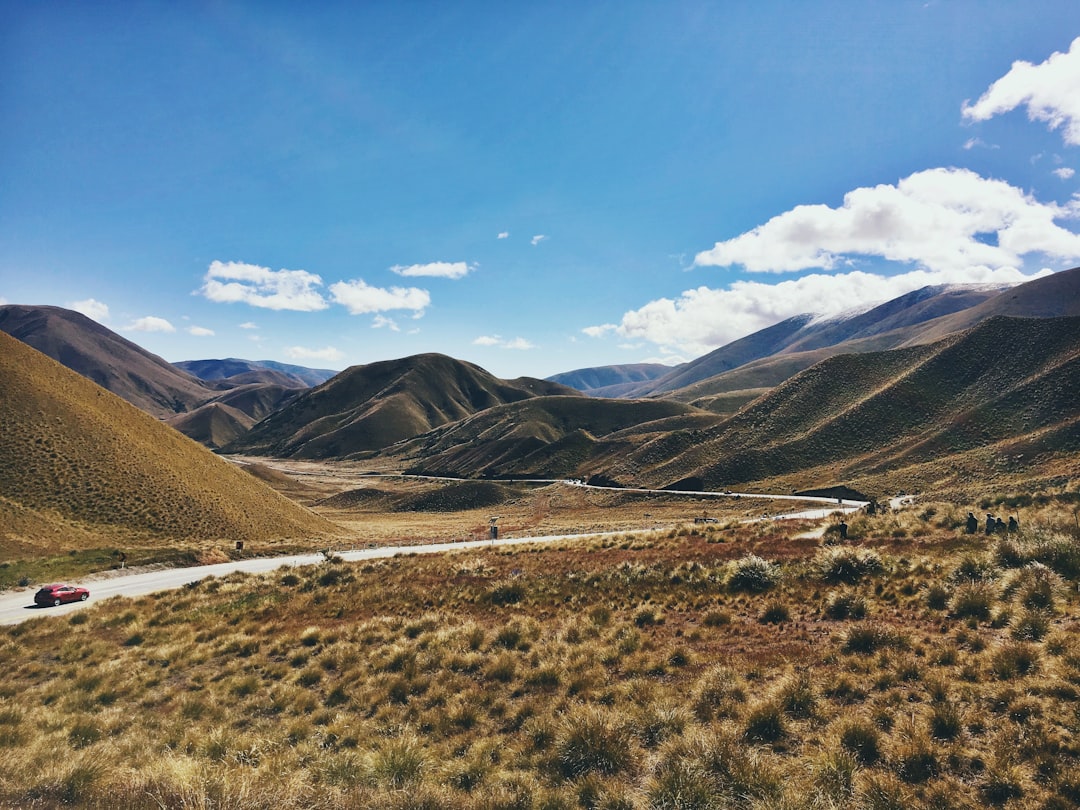The Mountain Pass
Reflection
Genesis 22:4 has to be one of the most dramatic and moving verses in all of Scripture: “On the third day Abraham lifted up his eyes and saw the place from afar.” It’s possible that Abraham was looking from Bethlehem to Jerusalem, a distance of about 4-5 miles. And here Moses tells us that Abraham stopped walking, halted his journey with Isaac and the two servants, and just gazed toward Mount Moriah.
Photo by Cassie Matias on Unsplash
I had a similar experience the other week while approaching the Tehachapi Pass which connects the San Joaquin Valley and the Mojave Desert. As I drew near to the southern end of the Sierra Nevadas I strained my eyes to see cars driving up the mountain. I became very distracted from the road 10 feet in front of me because, even as I approached within just a few miles, I could see no road up the mountain. The terrain completely blocked any view of where the road was leading, and I was mystified. How I was going to make it through the rippling waves of mountains, peppered with hundreds of white wind turbines which from a distance looked like so many birthday pinwheels? The mystery made me think of Father Abraham. Looking from 5 miles away, one does not see much detail, certainly not a specific clearing where an altar will be made. What could he really see from that distance? Perhaps the unseen path up the mountain reflected the unseen path of obedience. He couldn’t see it, which is why his hope was that “God will see to it that there's a sheep for the burnt offering” (Gen. 22:8, The Message).
Looking from afar off, it is impossible to see the pass through the mountains. The path of obedience, often also the path of suffering and testing, leads through perplexing twists and turns to places we cannot yet see. But eventually I did make it into the Tehachapi Pass, and before I knew it I was quickly gaining elevation. It was in the act of impossible obedience that Abraham finally saw Yahweh’s provision. Only after walking many miles along the road and rising to meet the crested ridge of Jesus’ “follow me” does the way becomes clear.
Quote from Eugene Peterson
“The way of Jesus cannot be imposed or mapped — it requires an active participation in following Jesus as he leads us through sometimes strange and unfamiliar territory, in circumstances that become clear only in the hesitations and questionings, in the pauses and reflections where we engage in prayerful conversation with one another and with him.”
Recommended Reading
The Man Who was Thursday, by G.K. Chesteron. An unusual recommendation, but it came to mind as I thought about the call to embrace uncertainty in following Jesus. It’s my all time favorite Chesterton book, and among it’s many swirling themes is the tension of the known vs. the unknown, tension which doesn’t resolve but is rather dwarfed by encountering the immensity of our known and yet vastly unknowable God. Like Gabriel Syme, sometimes poets are the best among us of welcoming God’s method of working sub contrario**,** under opposites.
Question
What do you do when you don’t know the way? Can you walk alongside travelers as a guide even though neither of you know the way?
Praying for and laboring with you,
Aaron Hann
